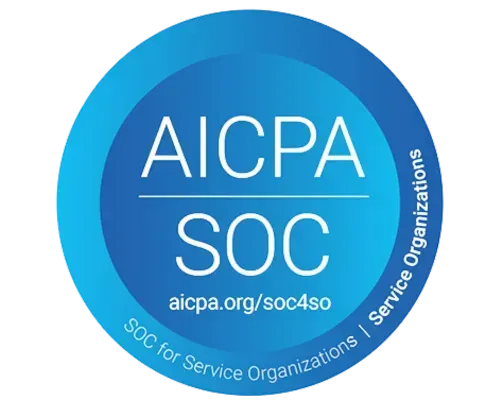Don’t let multi-location employees muddle your compliance
Don’t let
multi-location employees muddle your compliance
Blog / By Sean Cooper
The Affordable Care Act (ACA) is already a brain-twister. Throw in employees that work at multiple locations, and a headache isn’t just a possibility—it’s a near certainty.
Multi-location employees can be found among chain restaurants and hotels, dioceses, school districts, and everything in between. Their jobs and hours used to be counted separately, but under the ACA, they now get rolled up into one payroll. Fail to do this, and you could face the same level of penalties as if you miscounted a single-location employee.
If your industry is prone to multi-location employees, here’s what you should be doing to ensure you avoid compliance confusion.
Control groups cause confusion
If an employee works at multiple locations that are all under different employee identification numbers (EINs), and have no affiliation, there are no special procedures to take into account. Multiple locations only begin to cause trouble when they are affiliated with one another.
These multiple, affiliated locations are called control groups and occur when multiple properties, due to common ownership or investors, roll up into the same employer identification number (EIN). The rules of control groups are complex, but if multiple stores are majority owned by the same person, or share a major investor, they’re usually considered a control group. If you’re unsure about your status, it’s best to consult a legal expert or attorney to find out.
Once you know that you’re a control group, it’s important to act as a single entity. Employees that work in multiple locations shouldn’t have multiple employee ID numbers. Having one ID number for employees to use across all locations will make it easier to keep track of their hours, and ensure that you don’t accidentally inflate your employee count. This should also apply to multi-location employees who were hired at one location, fired, and then hired back at another.
Assigning responsibility
When it comes to multi-location employees, it’s important that one location take the brunt of the responsibility when it comes to the ACA. In most cases, the employer that hired the employee first should take the lead, so as to minimize confusion.
The easiest way to ensure this happens is to simply make it company policy. Otherwise, it’s possible that both locations may think they’re supposed to offer health insurance and track the employees’ hours, or neither may think to do these. This would leave you with a big hole in your data and potentially a penalty from the IRS for failing to make an affordable offer of health insurance to a full-time equivalent employee.
Once you’ve established the “home” location for the multi-location employee, hourly tracking should happen as with any other variable-hour employee. A centralized payroll system or other software will help you with good data input, which in turn will help with good data output when reporting season rolls around. Having open lines of communication about payroll procedures between all the different locations will also greatly help with maintaining accurate data.
In the case of filing 1095-Cs, all relevant locations should file a form. However, only the primary location (the one in charge of tracking hours and making an offer of health insurance) should be filling out the sections on health care offerings and safe harbors. The others just need to acknowledge the employee works at the location, and note that they don’t handle the insurance.
Make multi-location easier
It can be hard enough to keep track of your employees who work at one location, let alone those that work at two or three. But these employees are just as important, and mistakes surrounding their tracking and health care could result in an equally steep fine.
If you work in an industry that is particularly likely to have multi-location employees, such as a restaurant chain, hospitality change, or a church diocese, make sure to sync up with your related counterparts and iron out any kinks in the reporting system. Compare your lists of employees, and set one of your locations as the responsible party for each one.
Check in with your partners every so often to make sure that you stay up to scratch, and make sure you follow the other rules of good data maintenance. Multi-location employees can complicate your compliance, but they don’t need to be the reason you get penalized.





